Guidance from The Strad’s archive on increasing left-hand finger speed and minimising tension
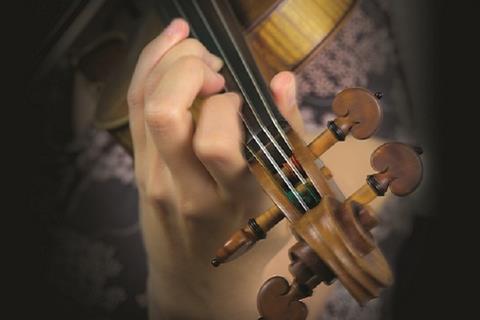
Discover more Technique articles like this in The Strad Playing Hub
Correct finger action is also important for facility. You will often hear me preach to my students; ‘Avoid hitting the fingerboard or merely placing the fingers: drop them.’ Fingers should follow Newton’s Universal Law of Gravitation, beginning slowly and speeding up as gravity causes them to accelerate towards the fingerboard. The speed at impact is the highest: this gives clarity to the sound. Instead of lifting the fingers vertically between notes, I pull my fingers off sideways, making a little plucking sound.
Tsuyoshi Tsutsumi, The Strad, December 2003
‘Fast fingers’ refers to the speed of the left-hand fingers towards or away from the string, not the speed of the notes. In other words, you can play with fast fingers in slow passages as well as in fast ones. Playing with fast fingers involves a sort of waiting before moving a finger, then a fast movement of that finger.
*The faster the finger drops on to the string or lifts from it, the later the dropping or lifting must begin.
*The later the finger drops or lifts, the longer the time between each finger action.
*The longer the time between each finger action, the slower the passage feels
So fast passages feel slower to a player with faster-moving fingers than they do to someone with slower-moving fingers, even if both players use exactly the same tempo.
Simon Fischer, The Strad, July 2010
Read: 3 simple trill exercises for players and teachers
Read: Replacing shifts with a stretch: Daniil Shafran’s left-hand technique
At the beginning of the lesson I confessed that with fast pieces like the Wieniawski I expected myself to fail, but with unerring patience Burton Kaplan showed me how to work on tidying it up, using rhythms and a metronome. This was not particularly original in itself, but the specifics were more detailed and systematic, and the emphasis was on maintaining the musical content and sound, and a consistent bow, even under tempo. After a couple of days of doing this, my fingers were zinging away on the fingerboard.
Ariane Todes, The Strad, September 2014
Avoid all exaggerated, and especially all superfluous movements of the fingers. This rule must be specified into two laws supplementing each other if we wish speedily to obtain certainty of intonation, independence of action, strength and endurance: (a) No finger should leave the string unless obliged to do so; (b) Wherever and whenever a finger can take its place, before the bow has to play its tone, it should do so.
Carl Courvoisier, The Strad, March 1893
Passages that we worry about don’t need more practice time, but rather more relaxation as we execute them. Now, how to practise to be more relaxed? Certainly not by repeating the passage over and over again, hundreds of times, in every possible way. Rather, by distracting our mind exactly in the instant of execution.
One possibility can be, as you approach the scary bit, you slowly start moving your head in a circle, possibly in a non-rhythmical and ‘non-musical’ way. In doing this you are forced to concentrate on the circle your head is drawing instead of worrying about the passage you are about to play. The result is very often astonishing – you just may have played your most hated passage perfectly and with great ease! The next step is to succeed in the same way on stage. There I suggest you do the same – but this time make it look natural and beautiful and with an inner smile! Still move your head slightly, but rather THINK you’re drawing a circle and you will again feel ease while you play.
Thomas Demenga, The Strad website, February 2014
The Russian cellist Daniil Shafran was totally unconscious of the cello. I saw him in rehearsal playing the most devilishly difficult music and talking at the same time! He no longer had to control his body. He was free to sense real, powerful emotion not just text. When your mind is liberated you can become creative.
Leonid Gorokhov, The Strad, March 2004
A common image for the right degree of muscle involvement is of a spectrum with complete relaxation at one end, tension at the other end and a balance point somewhere in the middle, where you have enough muscle involvement to be able to hold and manipulate things.
However, this image does not suit the light, quick action of violin playing: a middle point between the two extremes is already too far towards tension or over-concentration in the muscles. Instead, think of the amount of muscle strength required to hold and move the bow, to move the fingers up and down on the violin, change position, stop the strings, vibrate and so on, as being only just past the point of floppiness.
This immediately produces a wonderful sensation of lightness and ease. An extraordinary new aliveness immediately comes into every action.
Simon Fischer, The Strad, April 2005
Reference


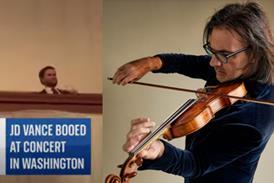

![[2] Echo Theory pc Lukas Breuer - Copy](https://dnan0fzjxntrj.cloudfront.net/Pictures/274x183/2/5/7/38257_2echotheorypclukasbreuercopy_270148.jpg)
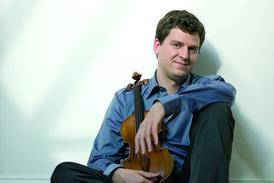
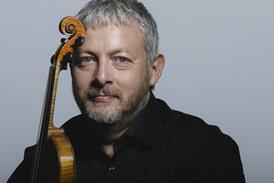
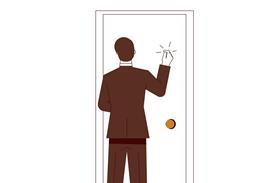



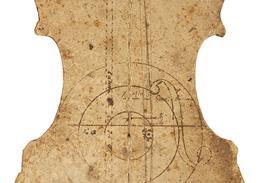
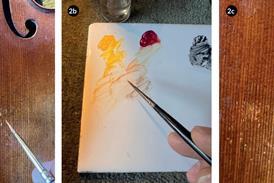
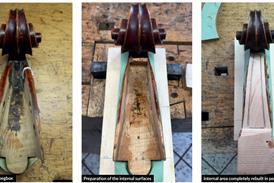
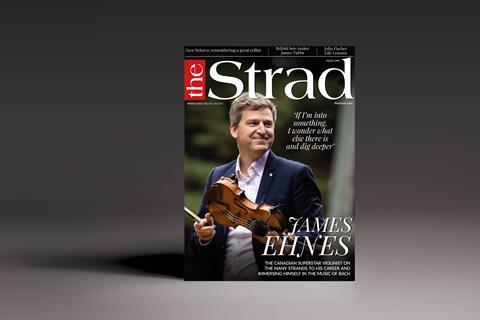




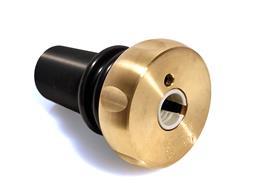
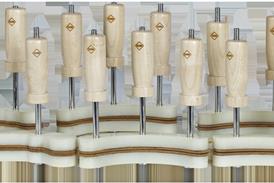
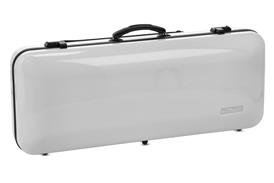












No comments yet